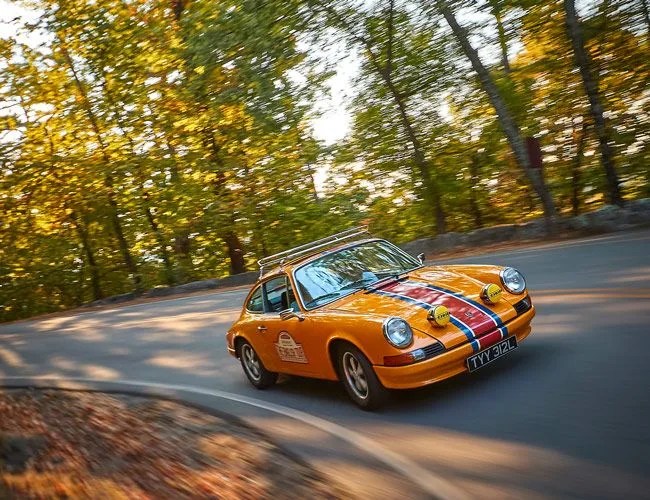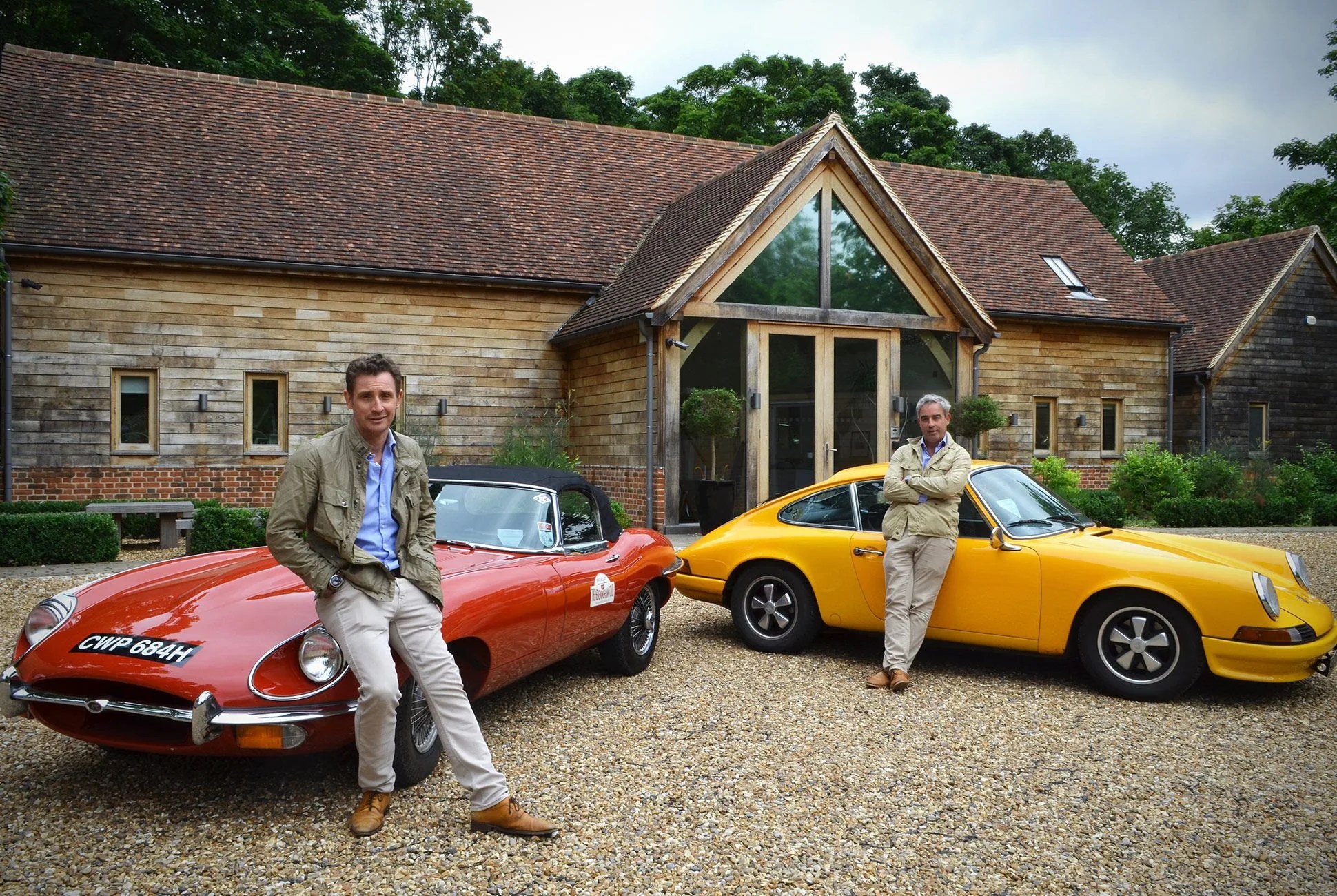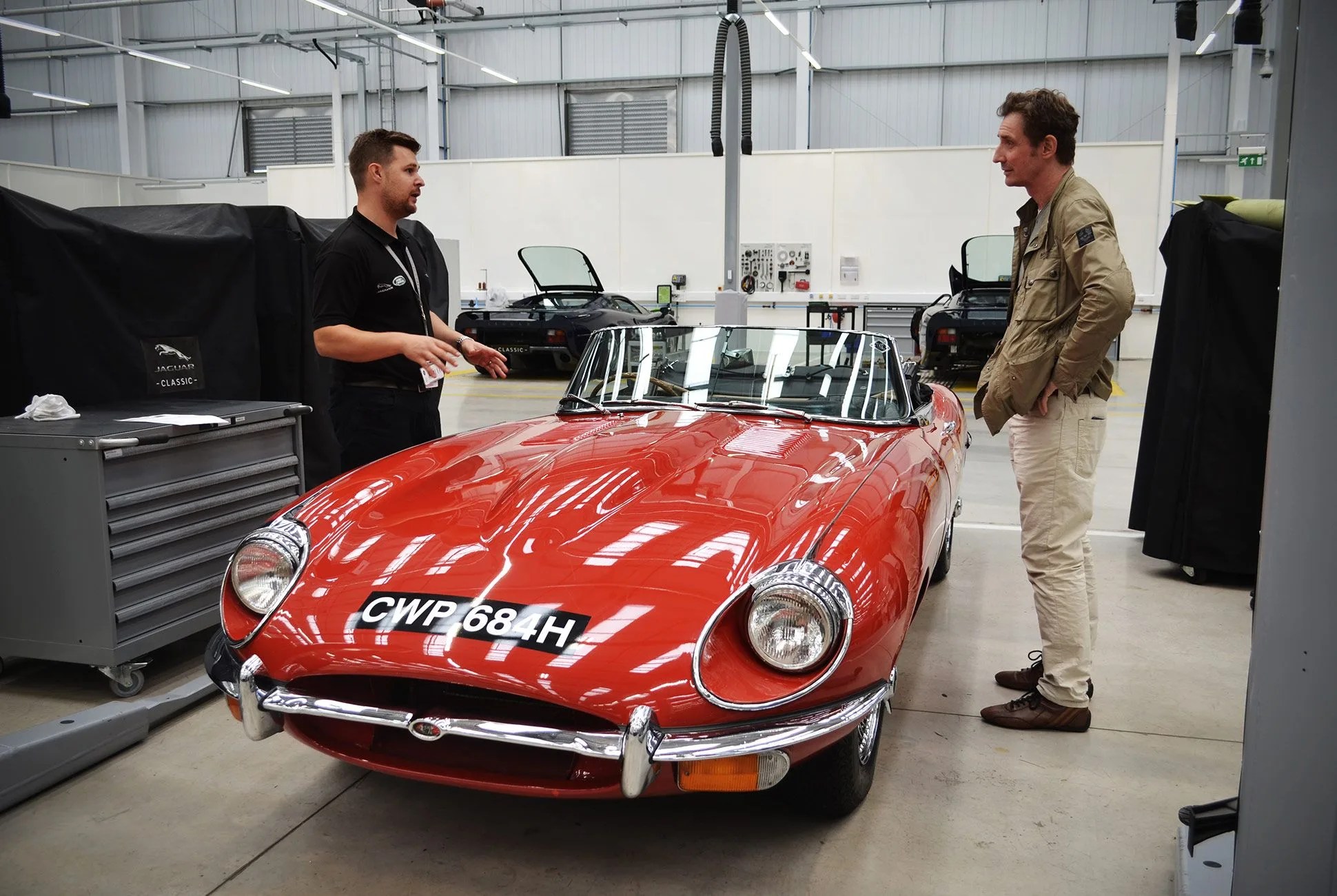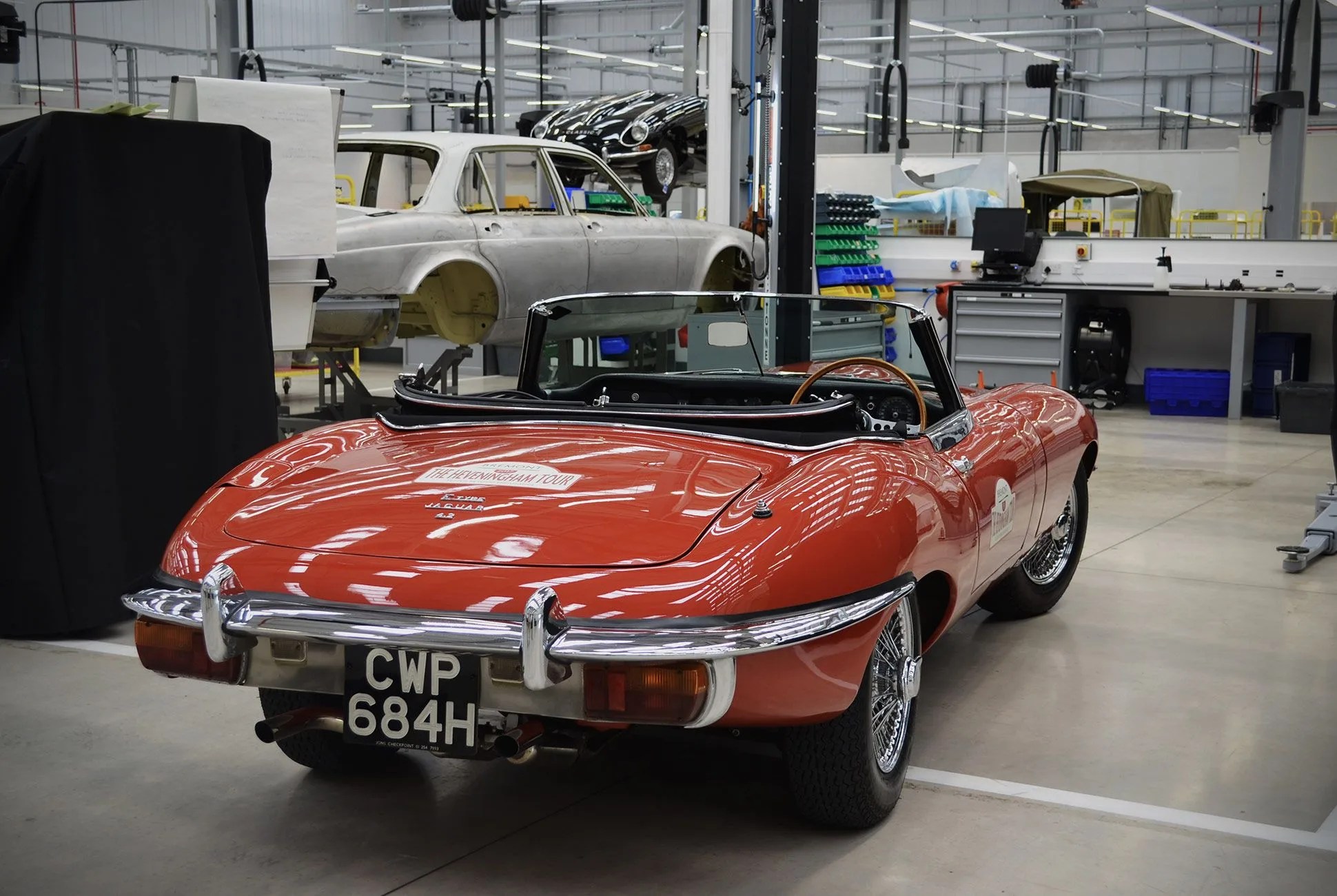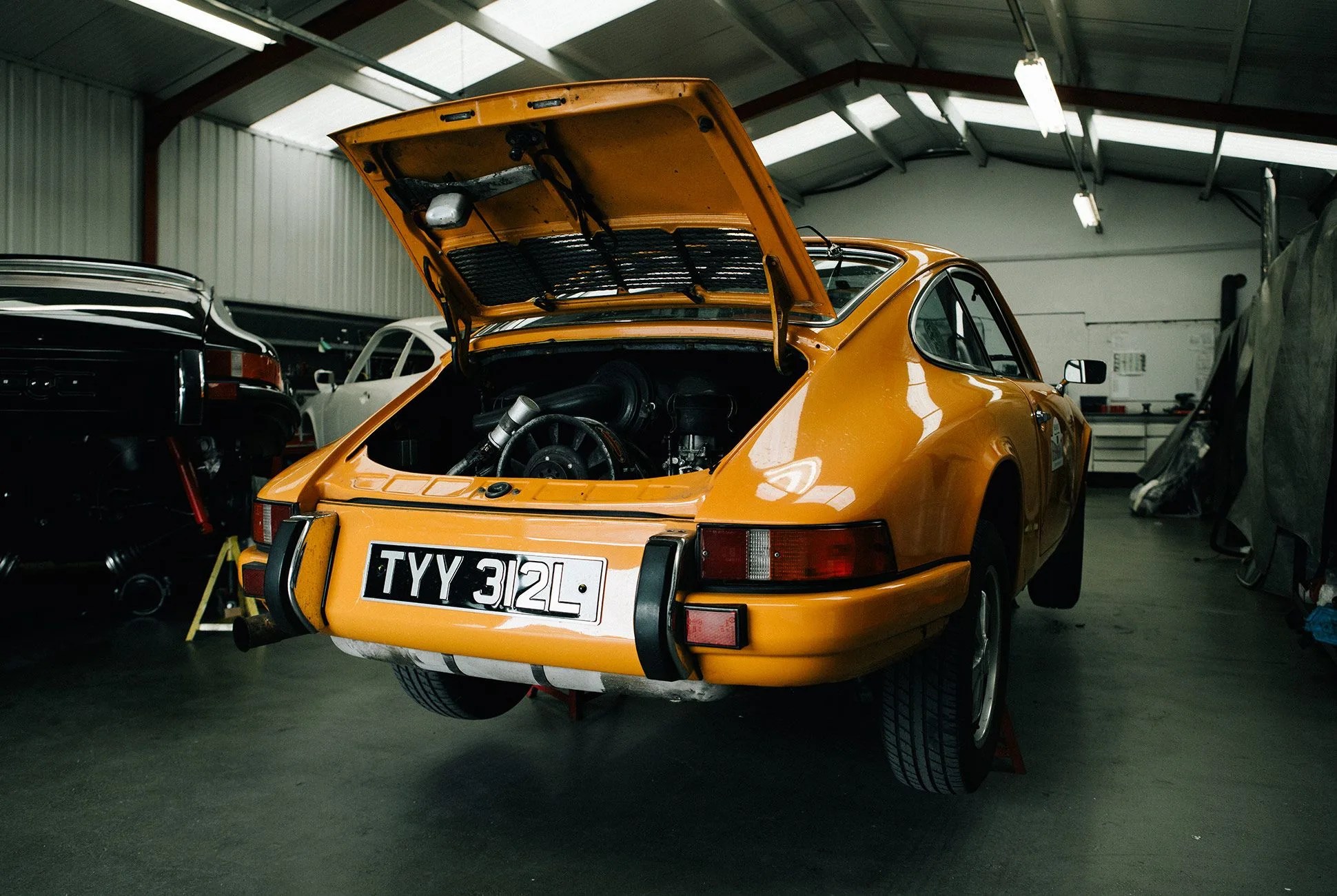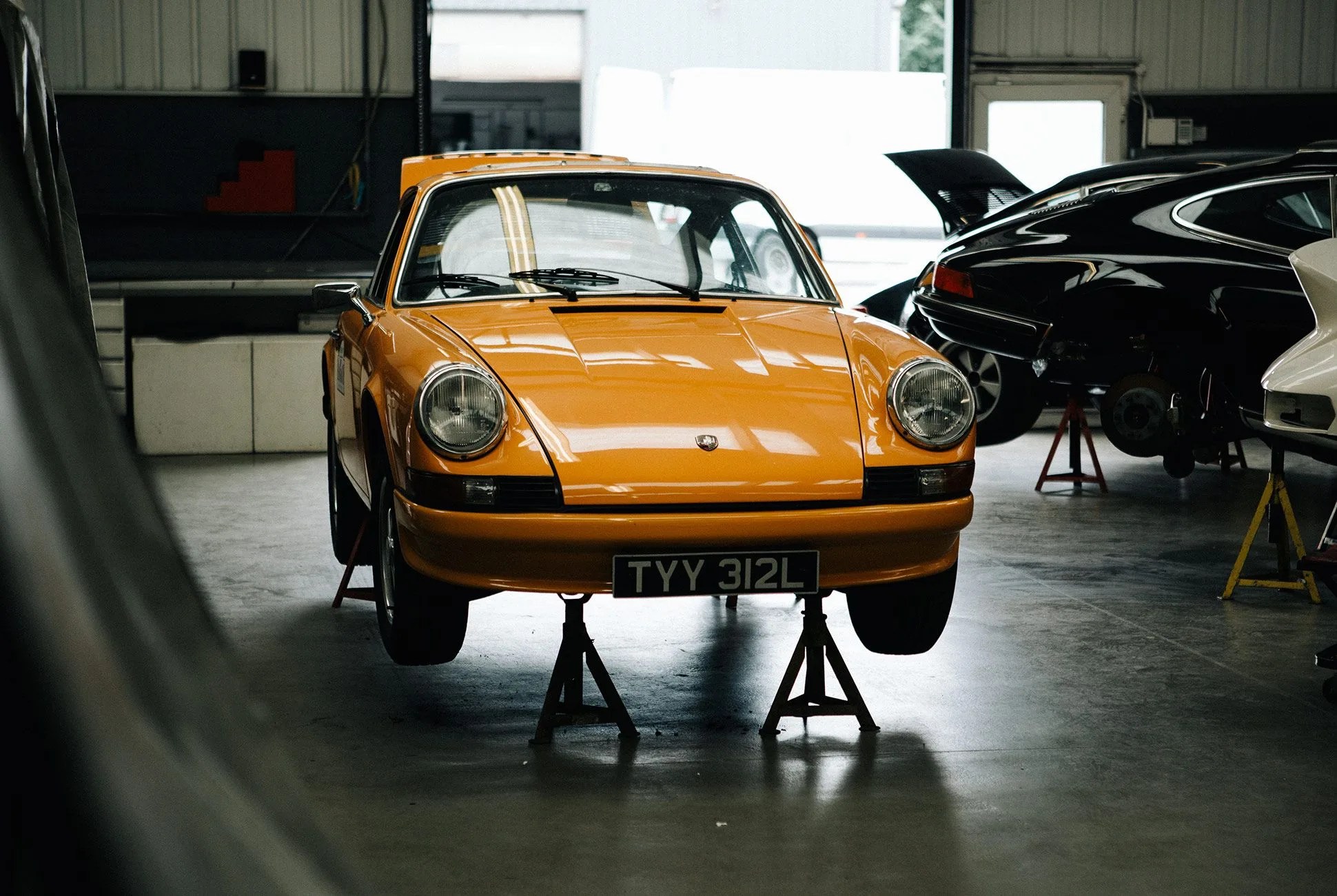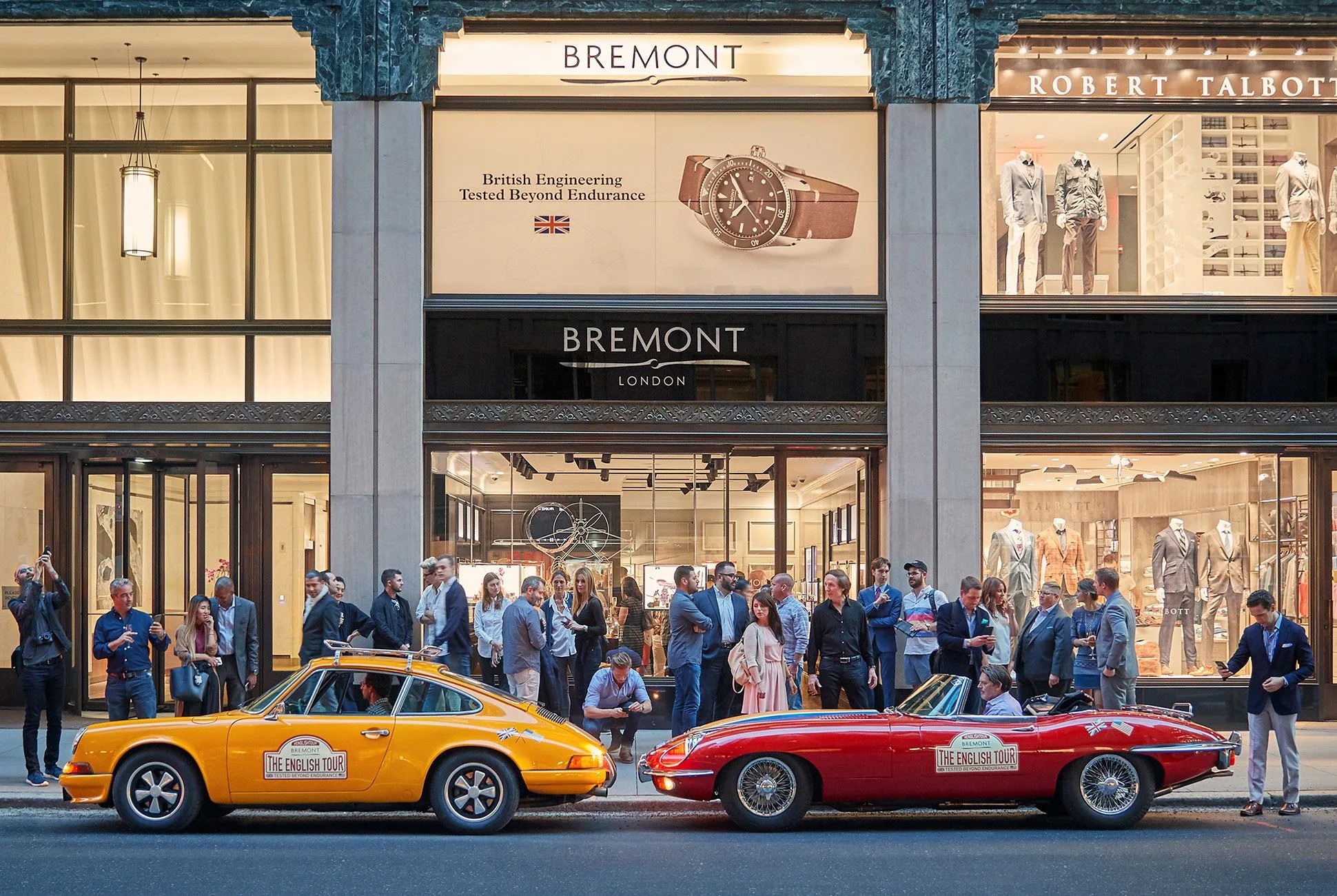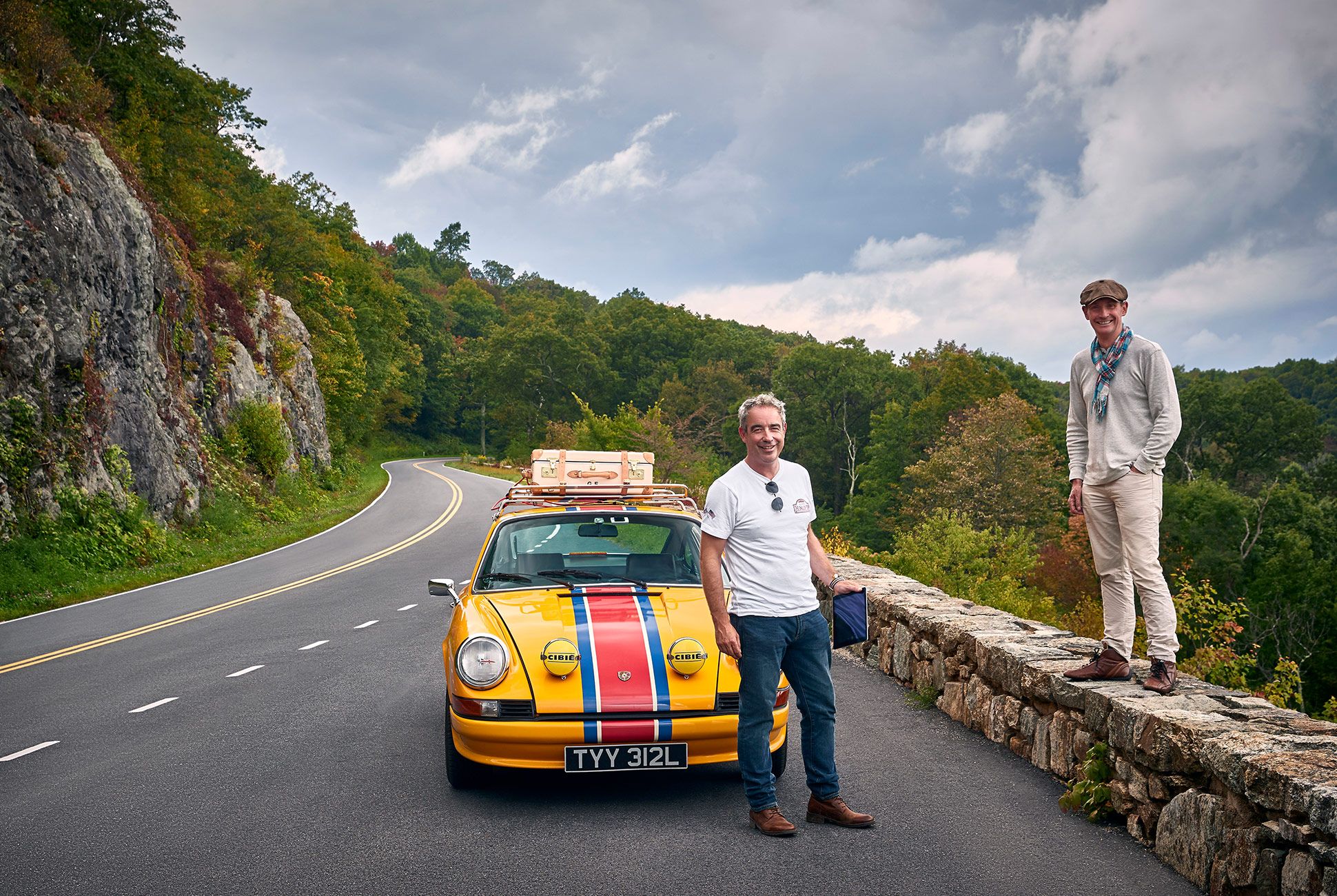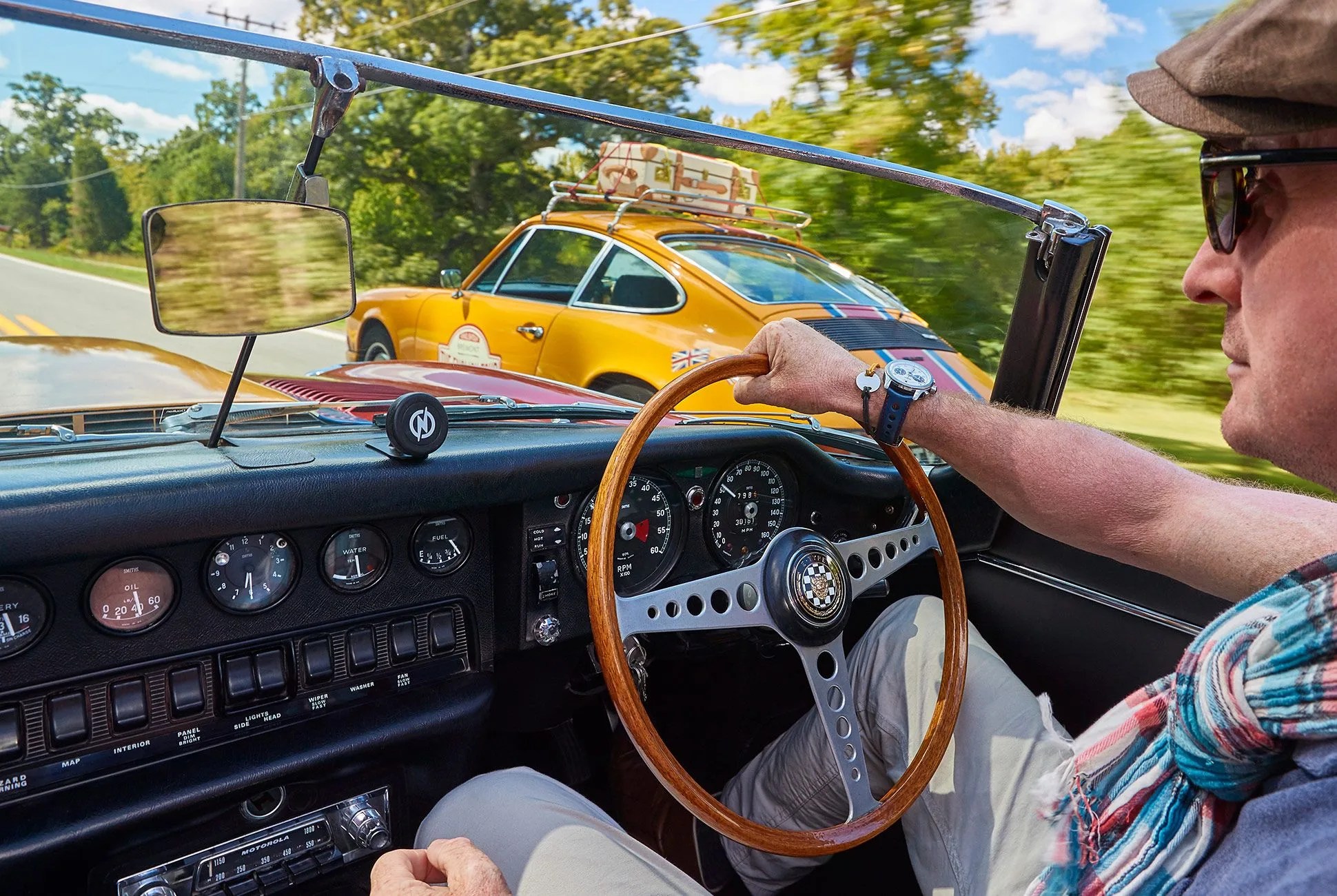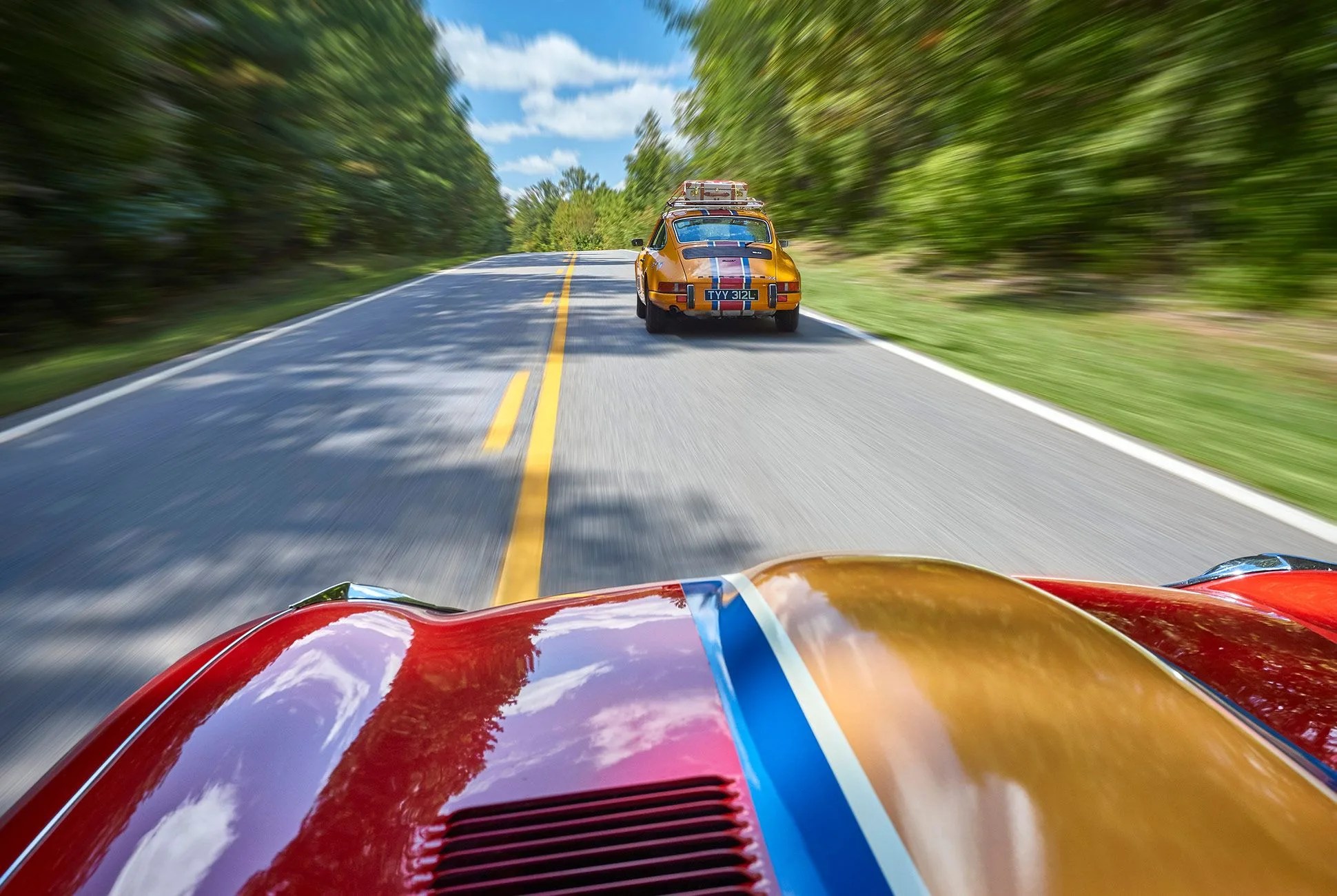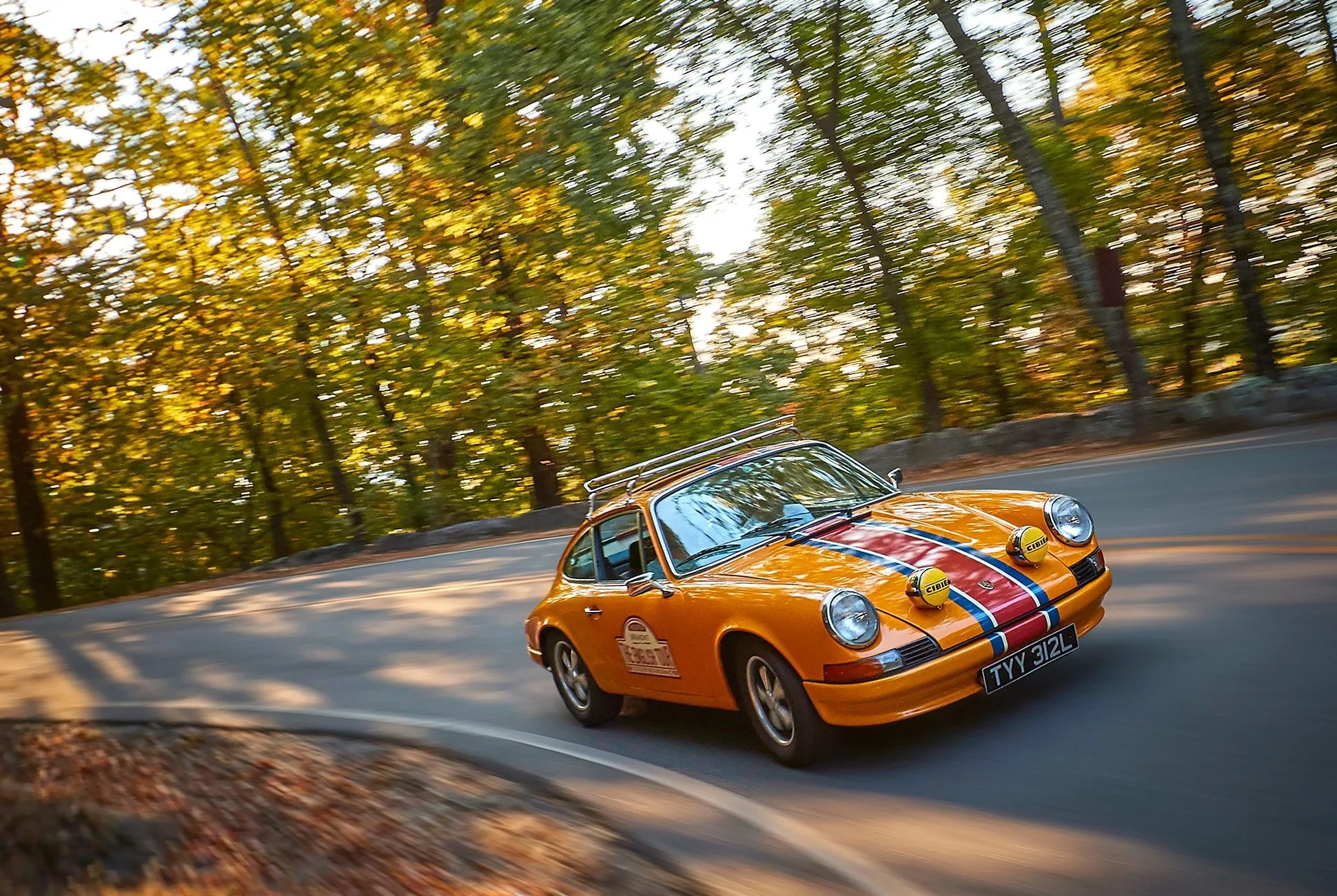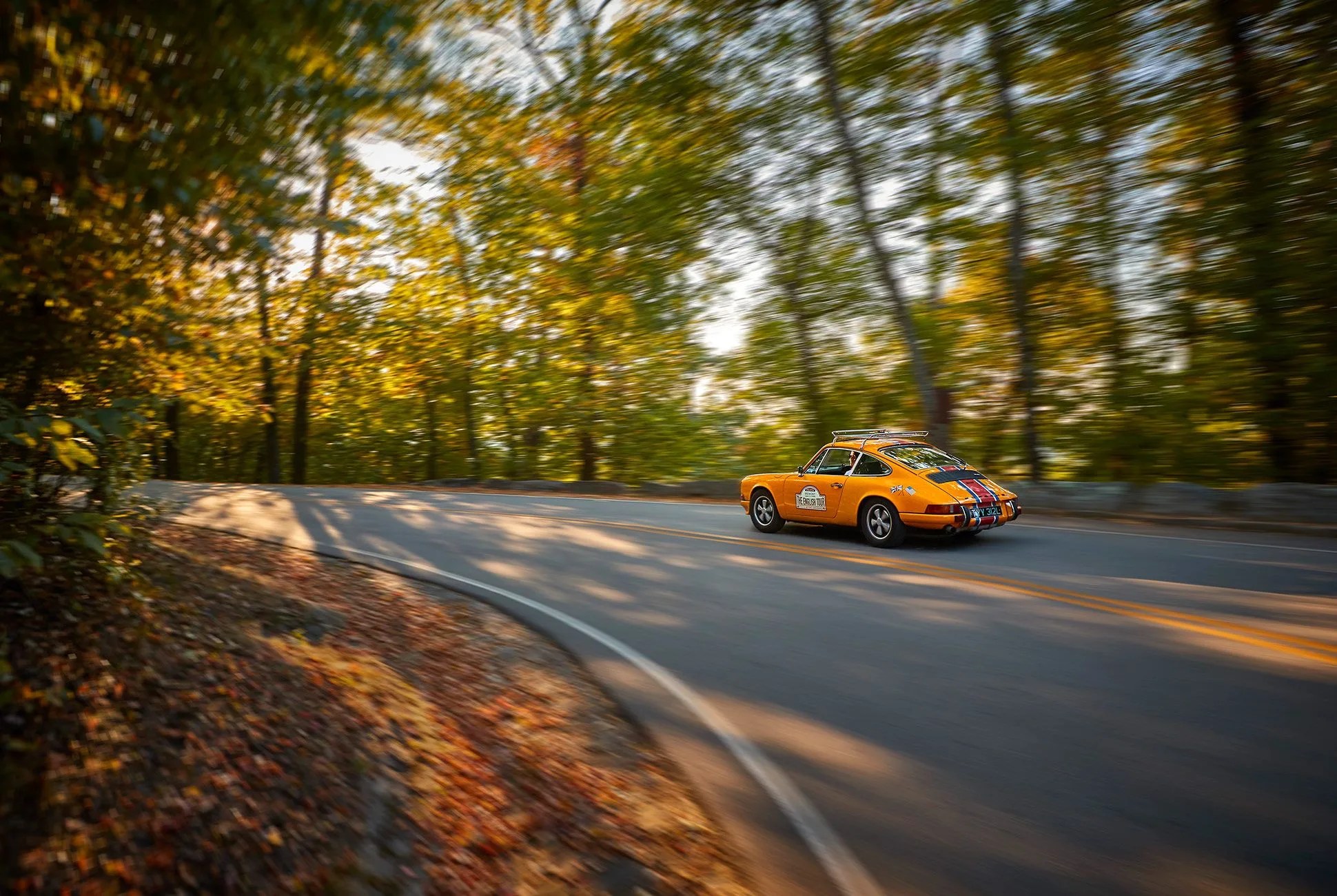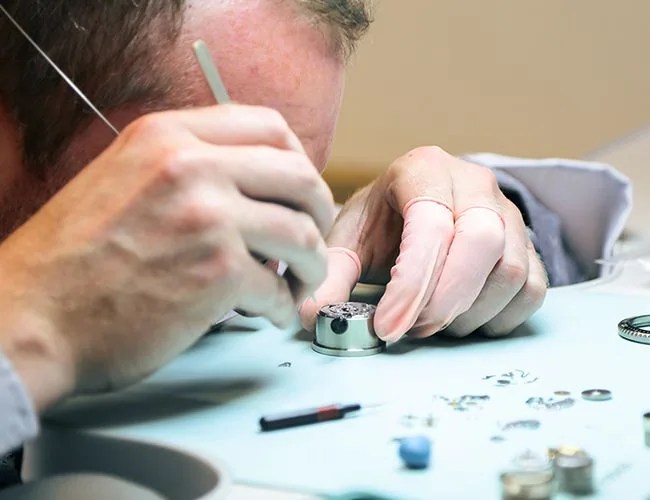12 photos
Driving across the country in a classic sports car is as romantic a daydream as they come. Taking scenic back roads, rowing through the gears, aromas of fresh pine and crisp air flooding the cabin and a delightful rumble and buzz resonating throughout the entire car — it’s a bucket list adventure. For brothers Giles and Nick English, it’s a bucket list item they’re in the middle of checking off.
As the founders of Bremont Watch Company, the English Brothers (who are, coincidentally, English) are utterly obsessed with anything involving intricate mechanical engineering and high-class craftsmanship. Naturally, that includes watches, and if you’ve ever seen an example of a Bremont timepiece, you’d know that adoration also falls on cars and airplanes. Peppered across the brand’s entire collection are direct, yet subtle influences to vintage motoring ranging from Spitfire altimeters to the speedometers of old Jaguars.
The hints of Jaguar are no coincidence either. Just before their father, Euan, tragically died in a plane crash, in 1995, he restored the family’s 1970 Jaguar E-Type. But after his untimely death, the car simply sat in a well-kept garage, loved, but not driven. The brothers decided to change that and embark on a multi-leg road trip across America whose first stint started at the Bremont boutique in Manhattan; all said and done, it will cover almost 3,000 miles and end in Texas. To make things interesting, Nick would drive the E-Type and Giles would take his own ‘73 Porsche 911T. When I spoke to them about the trip, they conveyed it the only way they knew how; passionately, with humbling wonderment, and rife with dry humor and wit. How typically English.
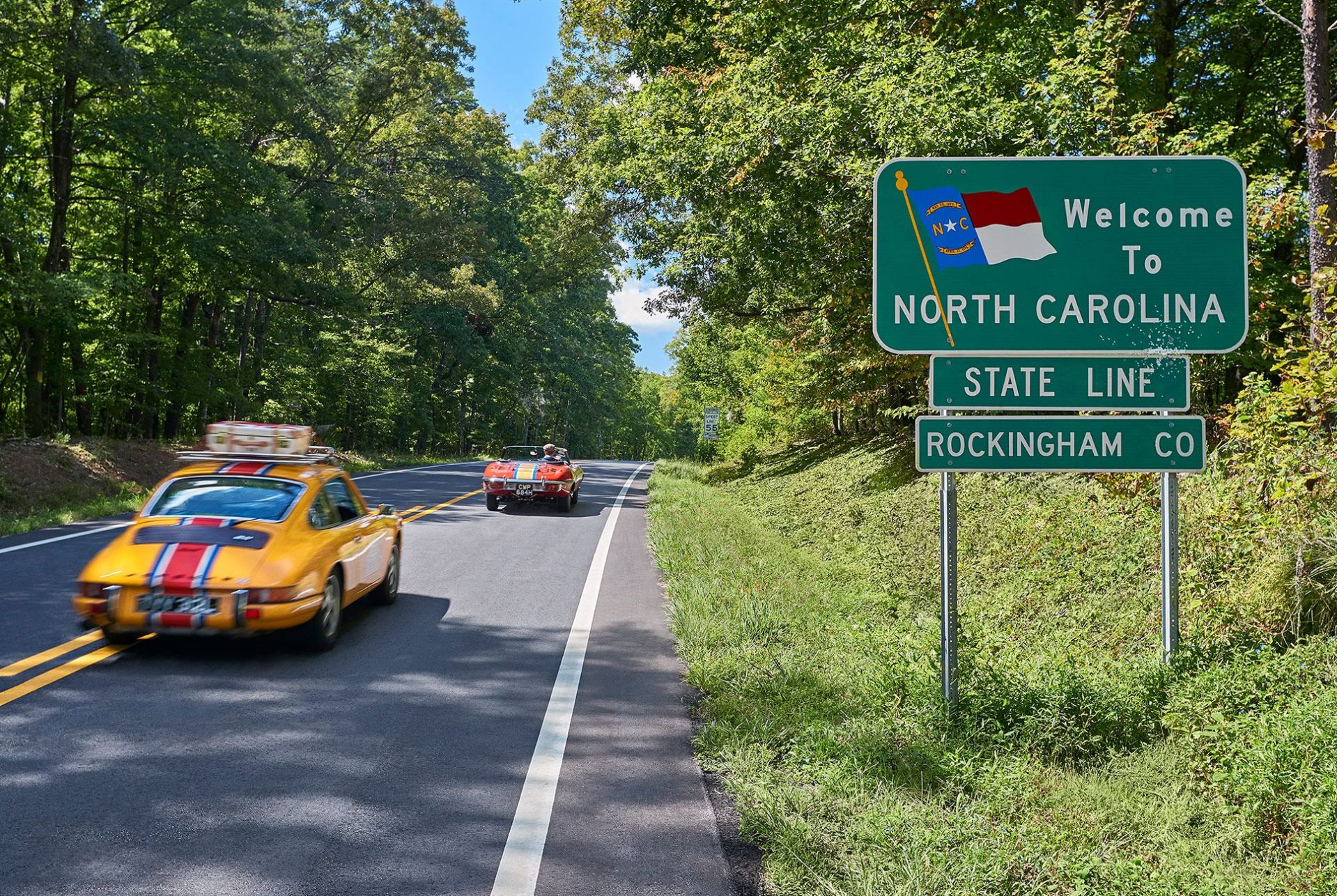
Photo by Bremont
Q: What was it like taking the cars on such a spectacular trip?
Nick: It’s more tiring than we thought it’d be. Because you’re driving for about five or six hours through the day. It’s a brilliant way to see the country.
